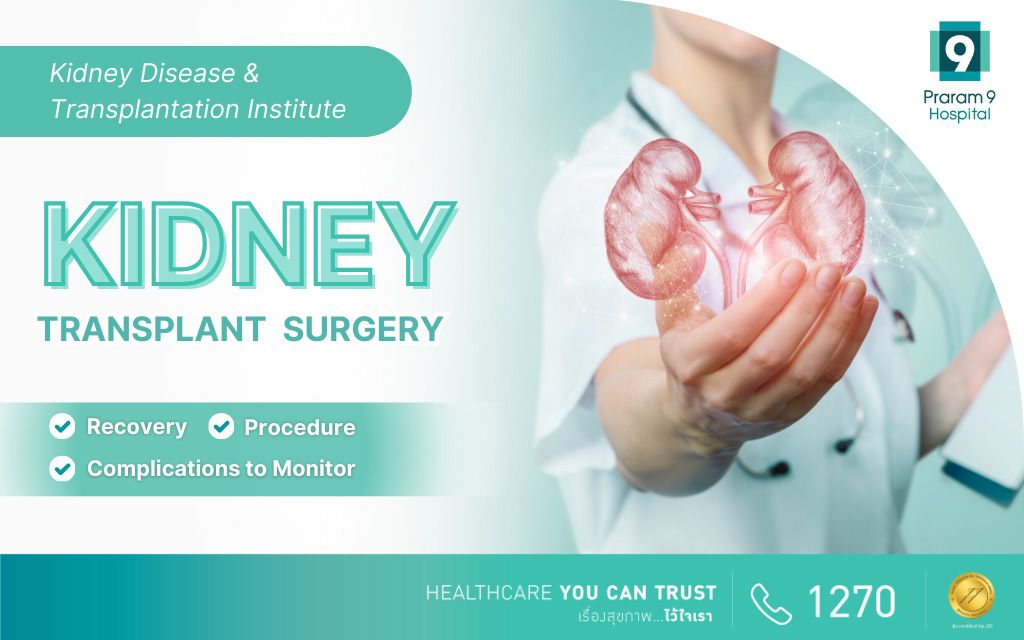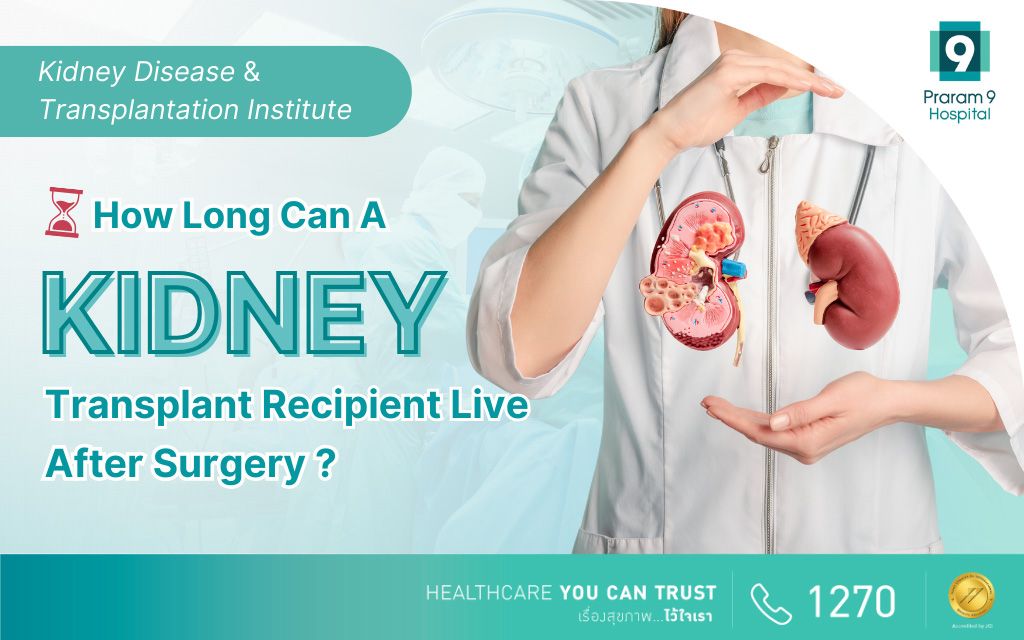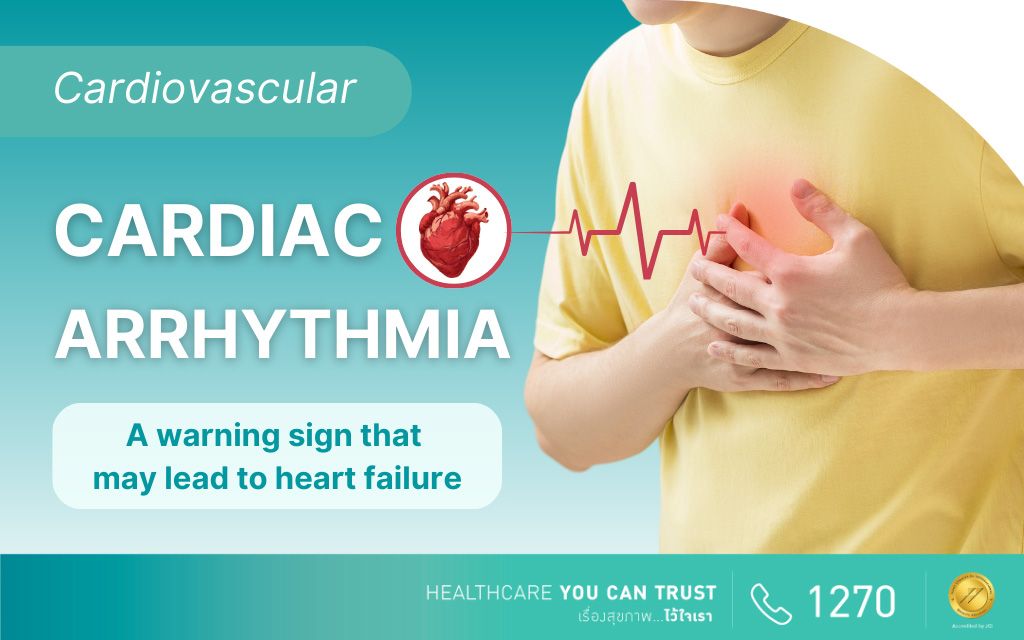Health Articles
Knowledge
Diabetes Symptoms: Key Warning Signs Not to Ignore!

Diabetes is a chronic, non-communicable disease that is rising worldwide. It results from a metabolic disorder involving insulin, leading to abnormally high blood sugar levels. Without proper management, diabetes can cause serious complications affecting multiple body systems.
Recognizing early diabetes symptoms is crucial for timely diagnosis and intervention, which can help prevent the disease progression.
What is Diabetes?
Diabetes is a chronic disease characterized by high blood sugar levels, occurring when the body either doesn’t produce enough insulin or is unable to use it effectively, leading to elevated blood sugar. High blood sugar can narrow blood vessels, reducing blood flow to vital organs like the heart, kidneys, eyes, and nerves. Without treatment, diabetes can lead to serious health complications.
Common Diabetes Symptoms
Early Symptoms
Early diabetes symptoms may not be immediately obvious, but some signs include:
- Frequent Urination: Excess glucose in the blood causes the body to release it through urine, leading to frequent urination.
- Increased Thirst: Due to water loss from frequent urination, people with diabetes often experience increased thirst.
- Excessive Hunger: Cells are unable to absorb glucose, the body signals a need for more food to compensate for the energy deficit.
- Weight Loss: Despite eating more, the body may lose weight as it uses fat and muscle for energy instead of glucose.
- Other Symptoms: High blood sugar can affect various tissues, leading to dizziness, nausea, fatigue, dry skin, slow-healing wounds, blurred vision, tingling in hands or feet, and skin infections.
If you notice several of these diabetes symptoms, see a doctor for a blood sugar test to get a proper diagnosis and treatment. Early intervention can prevent severe complications in the long run.
Advanced Symptoms
Without proper management, diabetes can lead to severe complications in various body systems, such as:
- Heart and Blood Vessels: Diabetes can cause artery blockages and increase the risk of heart attacks and strokes.
- Kidneys: Diabetes may lead to chronic kidney failure, potentially requiring dialysis or a kidney transplant.
- Nerves: Nerve damage can cause pain, numbness, and chronic wounds, particularly in the feet.
- Eyes: Diabetes increases the risk of cataracts, blurred vision, and even permanent vision loss.
- Feet: Reduced blood flow and nerve damage may result in chronic foot ulcers and infections, which can ultimately lead to amputation if untreated.
How Doctors Diagnose Diabetes
Doctors diagnose diabetes by measuring blood sugar levels, usually with:
- Fasting Blood Sugar: Blood sugar levels are checked after fasting for 8 hours. A reading of 126 mg/dL or higher indicates diabetes.
- HbA1c Test: This test measures average blood sugar over the past 2–3 months. An HbA1c of 6.5% or higher suggests diabetes.
Tips for Managing Diabetes Risk
While diabetes is chronic, lifestyle changes can reduce risk and help manage blood sugar levels.
- Diet Control: Choose high-fiber carbs like whole grains, fresh vegetables, and fruits, while limiting sugary foods. Eating at regular intervals and reducing salt and unhealthy fats can also help.
- Regular Exercise: Exercise improves blood sugar control and reduces diabetes risk. Activities like brisk walking, running, or cycling for 150 minutes a week are beneficial.
- Weight Management: Maintaining a healthy weight can reduce diabetes risk and support blood sugar control.
- Annual Health Checkups: Regular screenings help catch early signs and allow for prompt intervention.
- Stress Management: Stress can raise blood sugar levels. Practices like yoga, meditation, and relaxing hobbies can help reduce stress.
- Avoid Smoking and Alcohol: Both increase the risk of diabetes and can worsen complications.
Conclusion
Understanding diabetes symptoms allows for early detection, helping to prevent severe complications. Monitoring symptoms like frequent urination, increased thirst, and unexplained weight loss can help alert you to potential blood sugar issues.
Managing diet, staying active, and scheduling regular health checkups are key strategies to lower diabetes risk and improve overall health. With the right approach, diabetes can be effectively controlled. For any concerns about diabetes symptoms, consult a healthcare provider for a comprehensive evaluation.
For more information or urgent, please contact
TEL: 1270 (Local) or +662 202 9999
Email: [email protected]
You can consult a doctor from anywhere through video calls.














